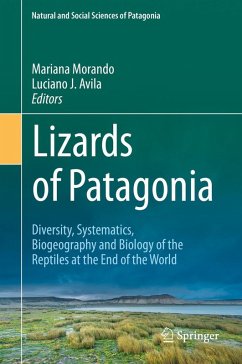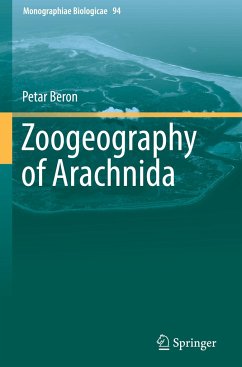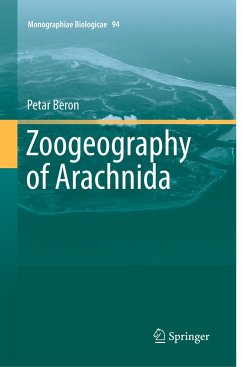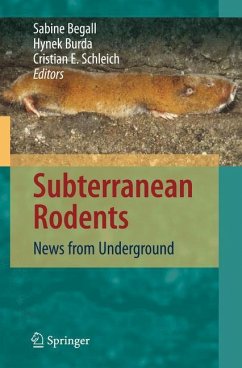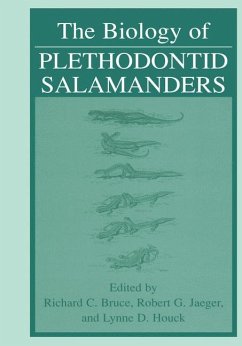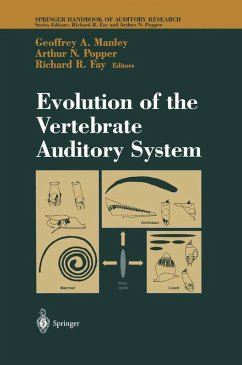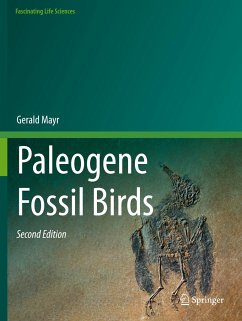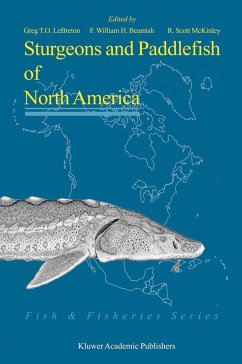
Lizards of Patagonia
Diversity, Systematics, Biogeography and Biology of the Reptiles at the End of the World
Herausgegeben: Morando, Mariana; Avila, Luciano J.
Versandkostenfrei!
Versandfertig in 6-10 Tagen
174,99 €
inkl. MwSt.

PAYBACK Punkte
87 °P sammeln!
This book presents a critical and integrated review of lizards from Patagonia. It summarizes the region's geomorphological history and climatic aspects, which makes it possible to interpret, from an evolutionary perspective, the latest findings on the various natural history aspects of its lizard fauna. As such, the book will appeal to all researchers and professionals specialized in lizard ecology and evolution.



